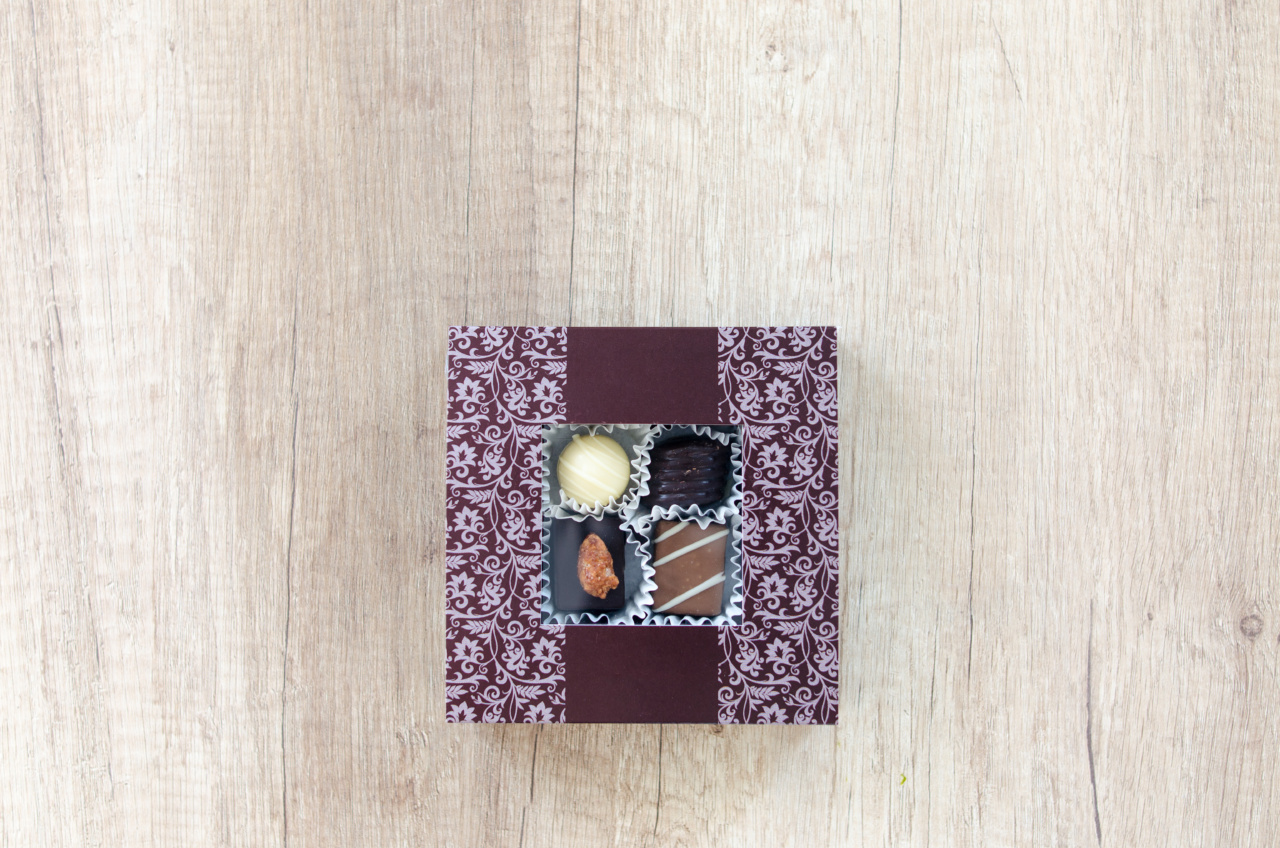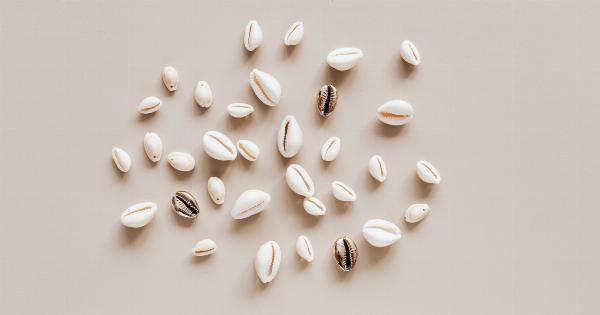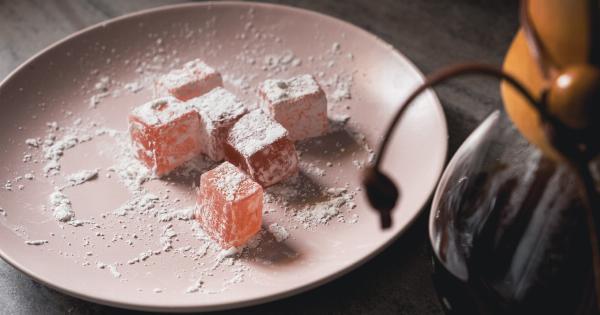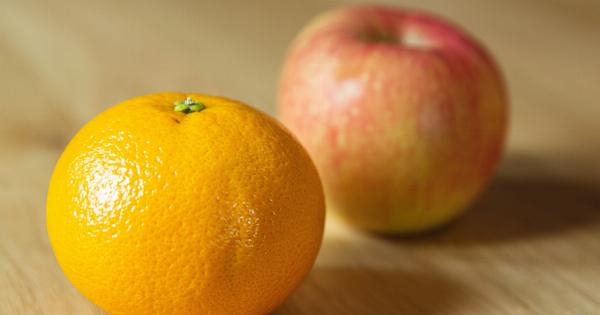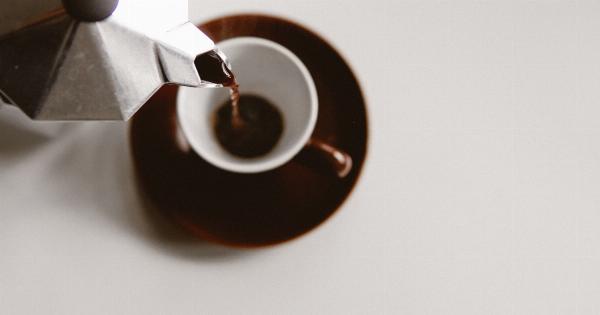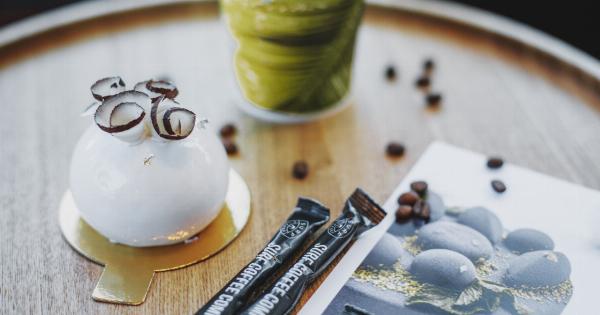Sugar is undoubtedly one of the most common ingredients found in the kitchen. It is used in countless recipes, ranging from baked goods to savory dishes, to add sweetness and flavor.
When it comes to sugar, people often have a preference between white and brown sugar. While both types are widely available and frequently used, they have distinct characteristics that set them apart.
In this sweetness showdown, we will delve into the differences between white and brown sugar in terms of their sweetness, taste, texture, and uses.
Sweetness level
When it comes to sweetness, both white and brown sugar measure equally, holding about 16 calories per teaspoon. However, the perception of sweetness can vary due to the presence of certain compounds in brown sugar.
Brown sugar typically contains molasses, which contributes to its distinct taste and color. The molasses in brown sugar gives it a slightly lower sweetness level compared to white sugar.
Taste and flavor
The taste and flavor of white sugar are characterized by its pure sweetness. It has a neutral flavor profile, making it highly versatile in various recipes. On the other hand, brown sugar possesses a richer taste and deeper flavor.
The molasses content contributes to its caramel-like flavor, providing a hint of complexity to dishes. This makes brown sugar a popular choice for baking sweets like cookies, brownies, and cakes.
Texture
White sugar has fine granules and a soft, powdery texture. It dissolves quickly and easily, making it ideal for recipes that require even distribution of sweetness, such as in beverages and sauces.
In contrast, brown sugar has a coarser texture due to the presence of molasses. Additionally, brown sugar tends to clump together over time, often requiring thorough stirring or sifting before use.
Moisture retention
One advantage of using brown sugar is its ability to retain moisture better than white sugar. The molasses present in brown sugar acts as a humectant, helping to keep baked goods moist and tender.
As a result, cookies made with brown sugar tend to be chewier, while those made with white sugar may turn out crisper.
Browning effect
When exposed to heat, brown sugar produces a caramelization effect due to its molasses content. This effect gives baked goods a darker color and a more pronounced flavor. This is particularly desirable in recipes such as pies, bread, and certain desserts.
White sugar, on the other hand, does not contribute to browning and is often used in recipes where the visual appeal of a lighter color is desired.
Uses in cooking and baking
White sugar is a staple in baking, where its fine texture helps provide a lighter texture in cakes, cookies, and pastries. It is also commonly used in beverages like coffee and tea, as well as for sweetening sauces or dressings.
Its neutral flavor allows it to integrate easily into various recipes without overpowering other flavors.
Brown sugar is popular in baking, especially for recipes that require a richer and deeper flavor profile. It is commonly used in brownies, chocolate chip cookies, and gingerbread, where it contributes to the soft texture and distinct taste.
Moreover, it adds depth to glazes, marinades, and barbecue sauces, enhancing the overall flavor profile of savory dishes.
Health considerations
When it comes to health considerations, it is important to note that both white and brown sugar offer little nutritional value beyond their caloric content.
Excessive consumption of any form of sugar may contribute to health issues such as obesity and diabetes. It is advisable to moderate sugar intake and opt for natural sources of sweetness, such as fruits, whenever possible.
However, one slight advantage of brown sugar is that it retains some of the natural minerals present in sugarcane, such as calcium, potassium, iron, and magnesium.
While the amounts are minimal and not significant sources of these minerals, it provides a negligible nutritional benefit in comparison to white sugar.
Conclusion
The choice between white and brown sugar ultimately depends on personal preference and the desired outcome of a recipe.
White sugar offers a simple, neutral sweetness suitable for a wide range of dishes, while brown sugar adds depth, complexity, and moisture. Each type has its own unique qualities that can enhance various culinary creations. Remember to consume sugar in moderation and consider healthier alternatives when possible to maintain a balanced diet.
